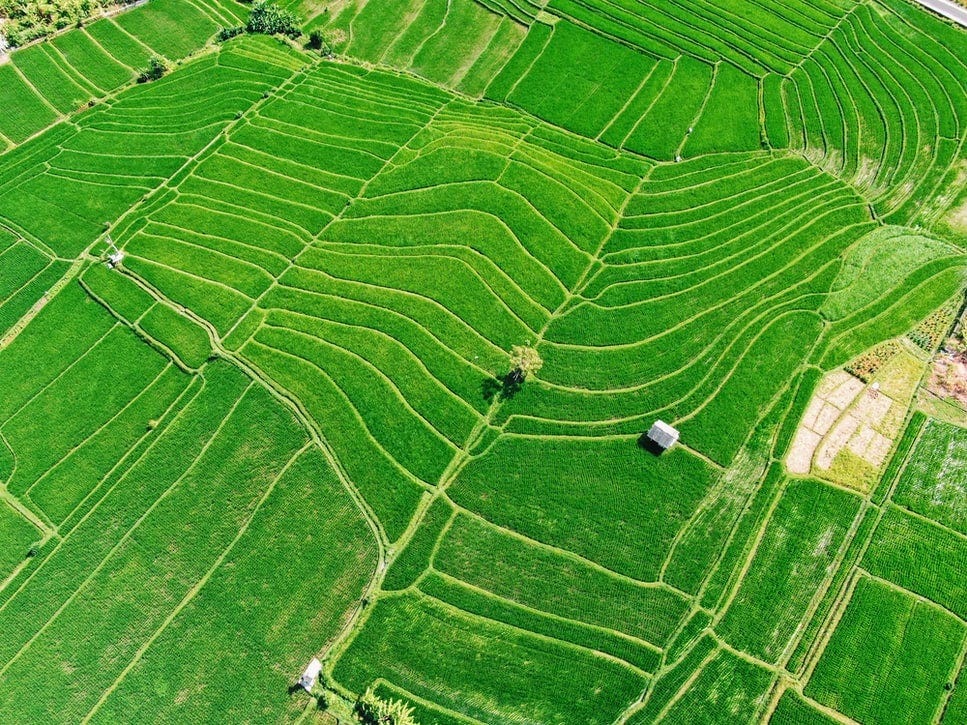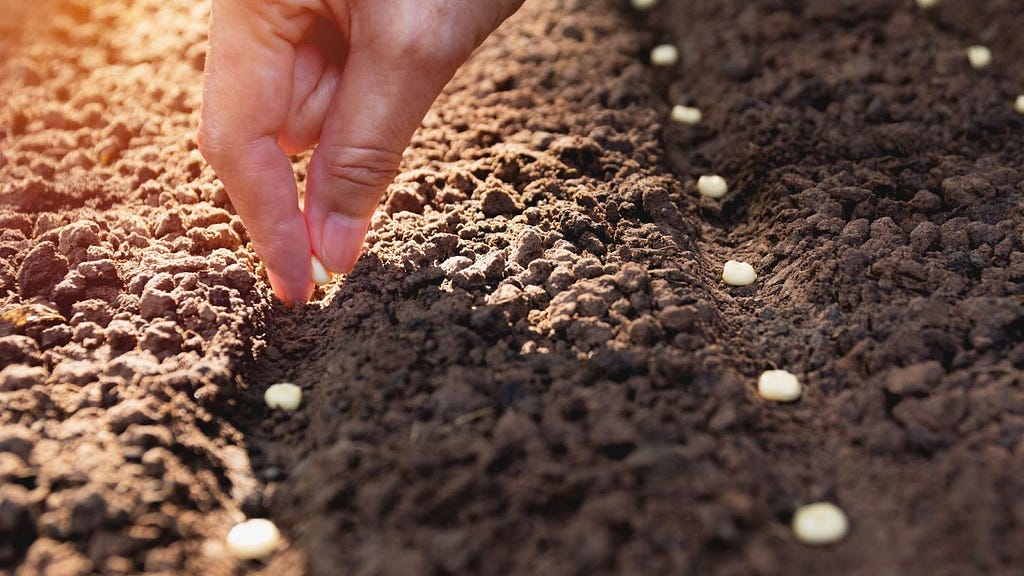SUSTAINABLE AGRICULTURE IS THE WAVE OF THE FUTURE
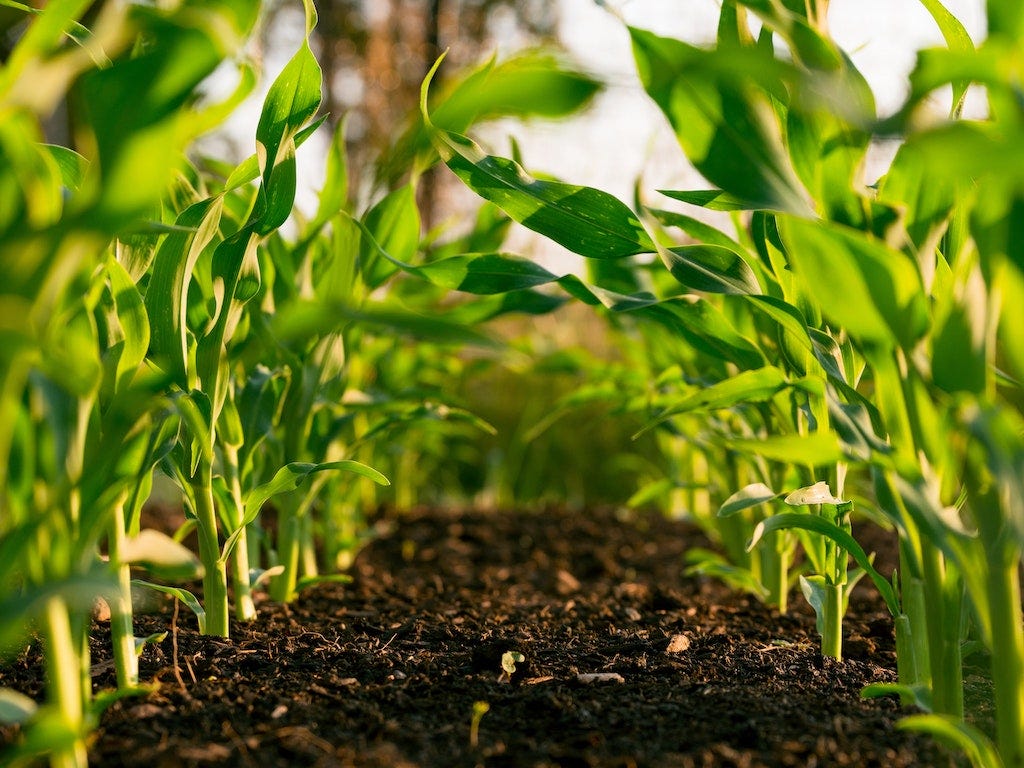
In agriculture, sustainability is a multi-dimensional concept with many distinct components, including economic, social, and environmental . A sustainable farm should be a lucrative business that contributes to a strong economy and treats its people properly. It should also have a positive connection with the community in which it operates. Environmental sustainability in agriculture refers to protecting the natural systems and resources that are essential to farms. Aspects of environmental sustainability include fostering biodiversity, constructing and maintaining good soil, efficiently managing water, and reducing air, water, and climate pollution.
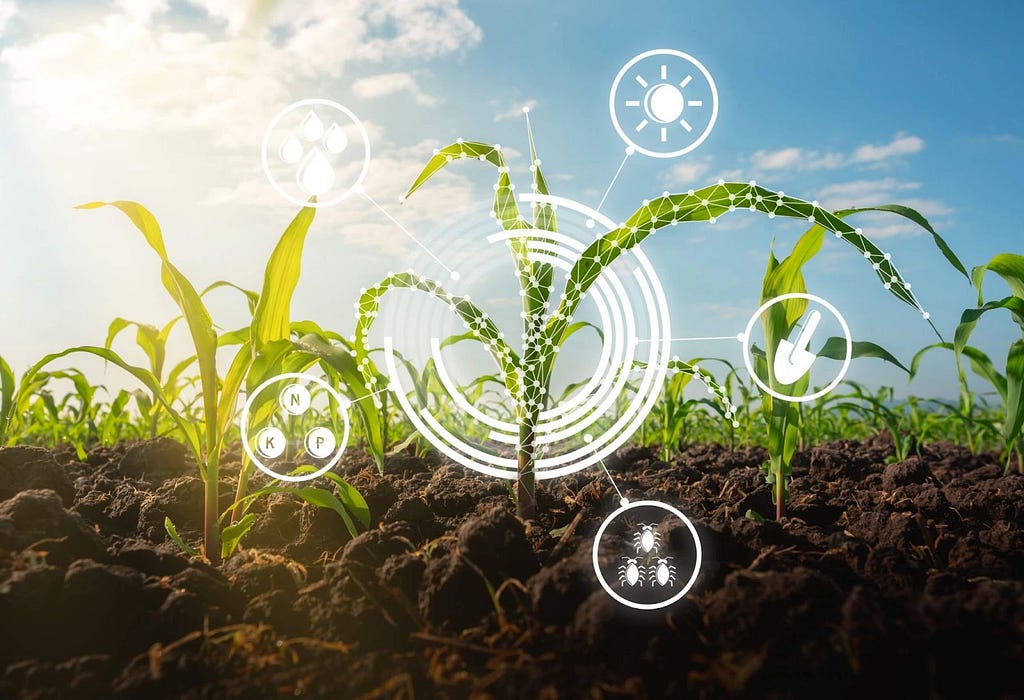
Using farming practices that improve soil health and decrease reliance on fossil fuels for environmental sustainability, sustainable agriculture aims to help provide enough food for everyone, alleviate poverty in rural communities, improve the quality of life for farmers, and lift communities out of hunger.
Over the course of decades of knowledge and experience, several significant sustainable farming methods have emerged. In recent years, initiatives to adopt more environmentally friendly farming practices have been launched. You might be astounded by some of the features of sustainable agriculture. Even if they are becoming more popular, much work remains.
To make farming more sustainable, we might employ a range of sustainable agricultural technologies and techniques .One of the most important ways to achieve agricultural sustainability is to reduce our dependence on pesticides and fertilizers and instead pay attention to natural processes that can be introduced to reduce insect populations. One aspect of sustainable agriculture is the planting of hedgerows along field boundaries. By bringing birds and other animals to the region, this decreases the need for pesticides and lowers the pest population.
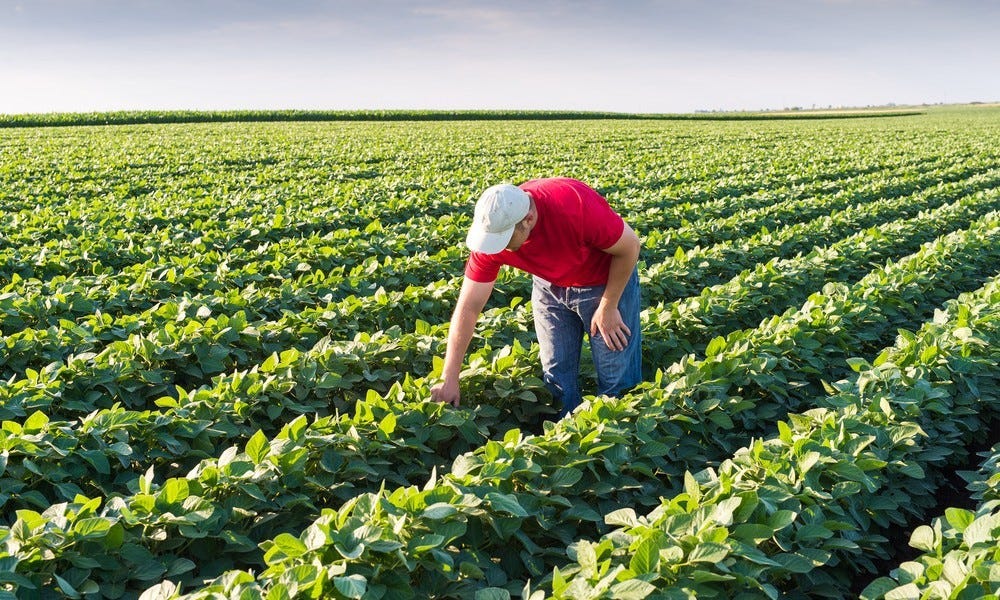
Crop diversification and rotation are crucial. A variety of benefits, such as improved soil health and insect management, can be obtained through planting different crops. This reduces the need for pesticides while also helping to get rid of pests that attack particular crops, eliminating the need for fertilizers. Crop diversification strategies include intercropping (growing a range of crops in the same area) and intricate multi-year crop rotations.
They practiced sustainable agriculture in California by adhering to certain crop patterns. The market value of the crop, site conditions (soil type, slope, salinity, etc.), crop subsidy programs, the need to rotate crops, prior investments in harvesting and processing equipment, production contracts, and water availability and reliability are just a few of the complicated and influential factors that affect crop selection. California's agriculture industry has seen a substantial change in crop trends. In 1980, field crops were grown on about 7 million acres of land, or roughly 70% of all irrigated land.
Planting of cover crops has begun. Examples of cover crops that are grown in the off-season when soils would be bare include clover and hairy vetch. By lowering the need for pesticides through erosion prevention, nitrogen replenishment, and weed control, these crops preserve and enhance the health of the soil while also reducing the use of herbicides.
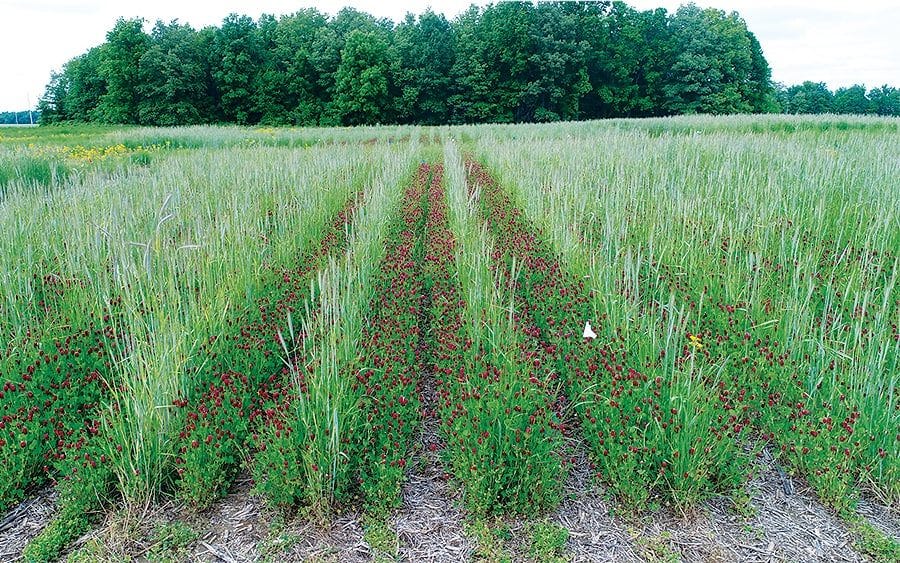
Minimizing tillage. Tillage, or plowing, prepares fields for planting and eliminates weed problems, although it can cause significant soil loss. Direct seeding into undisturbed soil using no-till or reduced-till techniques can help to reduce erosion and improve soil quality. implement the Integrated Pest Management (IPM) approach. In addition to other methods, mechanical and biological controls can be utilized to keep insect populations under control while minimizing the use of chemical pesticides. utilizing agroforestry techniques. By adding trees or shrubs into their operations, farmers can potentially increase their income while also providing shade and protection for plants, animals, and water resources.

Taking care of vast systems and environments. The value of uncultivated or less intensively farmed areas, such as prairie strips or riparian buffers, in managing erosion, lowering nutrient runoff, and sustaining pollinators and other biodiversity on sustainable farms cannot be overstated. Approaches to sustainable farming are known as agroecology.
Agroecology is the term used to describe farming systems that have a low environmental impact. Organic farming is one of these techniques. However, obtaining certified organic status may be a time-consuming and costly process that not many farms can afford. As a result, agroecology could be a good compromise because it includes organic farming methods without the certification and inspection process.
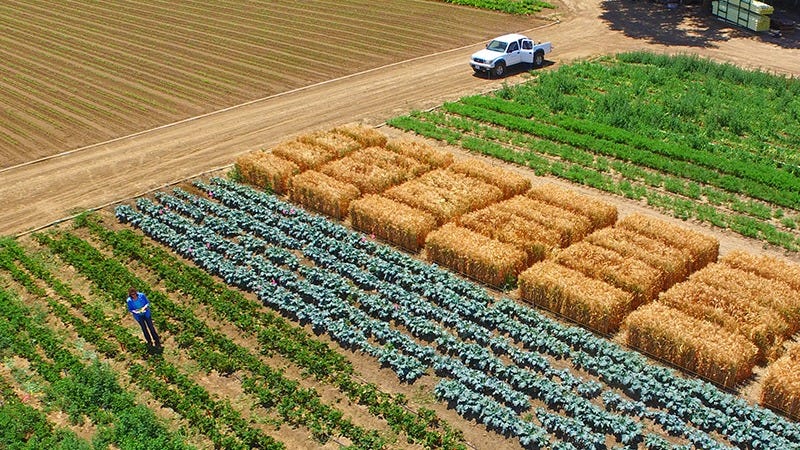
Agriculture and sustainability go hand in hand, and the future viability of the agricultural industry depends on the adoption of more sustainable agricultural technologies and practices. There are 27 nations that have signed up for sustainable agriculture, including India, Australia, Uganda, Madagascar, the Netherlands, Tanzania, Vietnam, Nigeria, Lesotho, Laos, Spain, Switzerland, Indonesia, Guinea, Ghana, Germany, the Philippines, Ethiopia, the United Kingdom, Colombia, Costa Rica, Nigeria, Sierra Leone, and the United Arab Emirates. The rise of Agtech, along with conventional, local expertise, may be able to help increase output in a less destructive manner. Reducing the use of chemical fertilizers and pesticides can help to safeguard both soil and water supplies.
In order to assist farmers in adopting sustainable agriculture methods, it is critical that we continue to support agroecology research, as well as outreach and education, to enable farmers to make effective use of the information.
